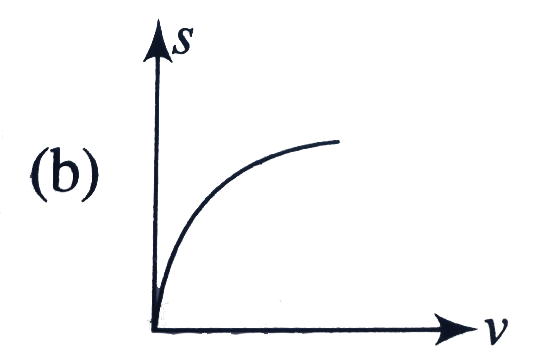Recommended Questions
- An object is moving with a uniform acceleration which is parallel to i...
01:44
|
Playing Now - An object is moving with a uniform acceleration which is parallel to i...
02:12
|
Play - An object at rest at the origin begins to move in the +x direction wit...
04:11
|
Play - यदि कोई वस्तु किसी निश्चित दिशा में एकसमान त्वरण से गतिमान हो तो उस...
03:58
|
Play - एक वस्तु एक सरल रेखा में एकसमान त्वरण से चल रही है । इसका वेग-समय ग्रा...
03:07
|
Play - एकसमान वृत्ताकार गति से गतिशील वस्तु के त्वरण की दिशा होगी-
02:17
|
Play - The displacement (s)- velocity ( v ) graph of a particle if it starts ...
02:09
|
Play - State the nature of the graphs representing motions of a body with uni...
06:44
|
Play - एक कण नियत त्वरण से गतिशील है, जिसकी दिशा कण की गति की तात्क्षणिक दिशा...
02:18
|
Play



